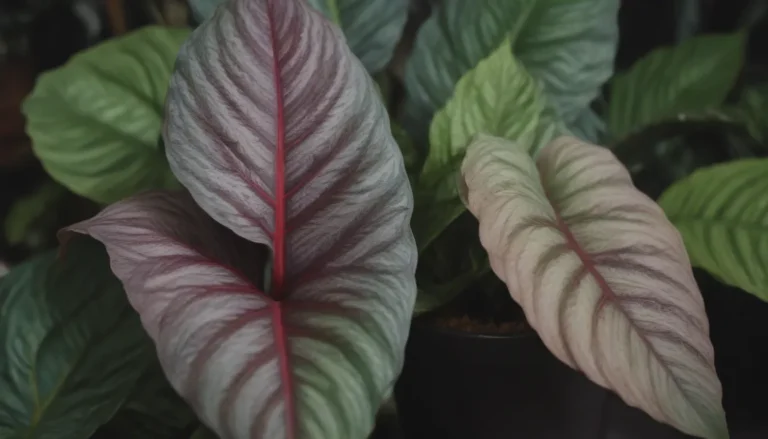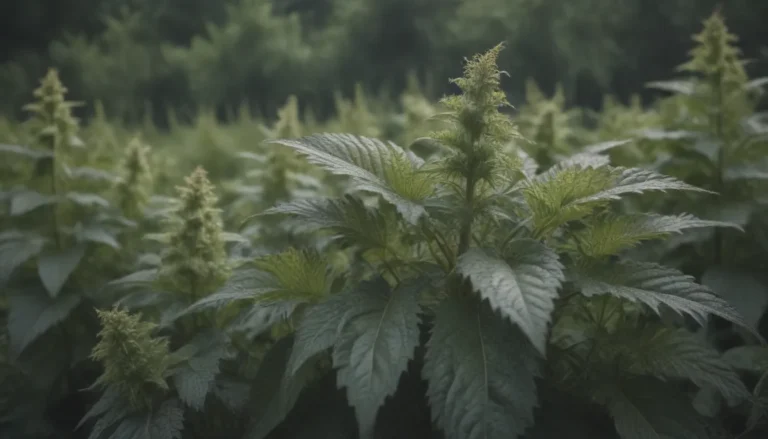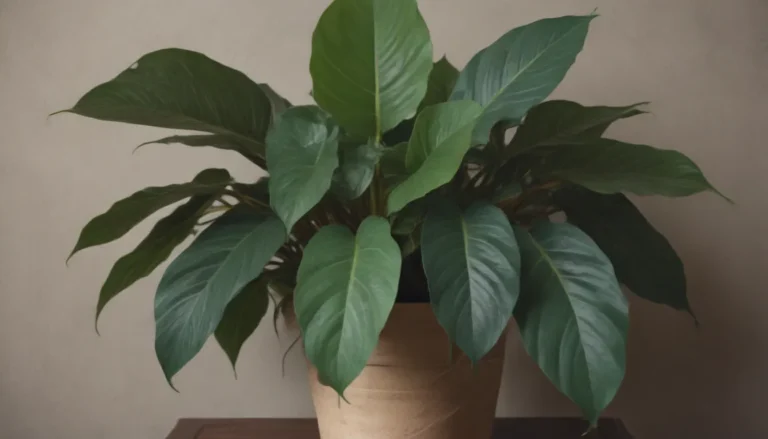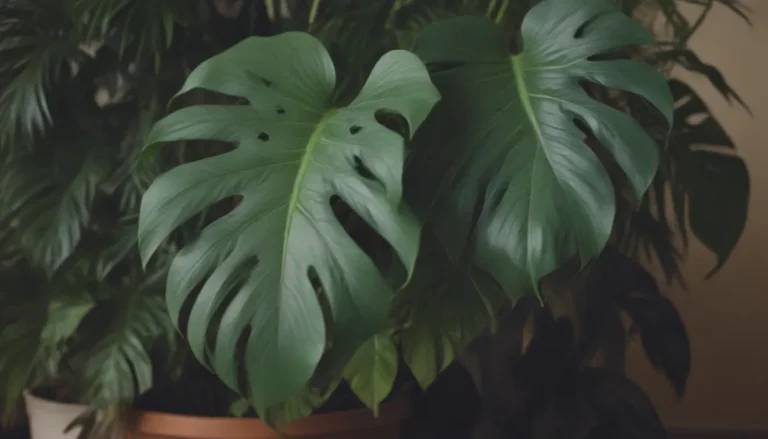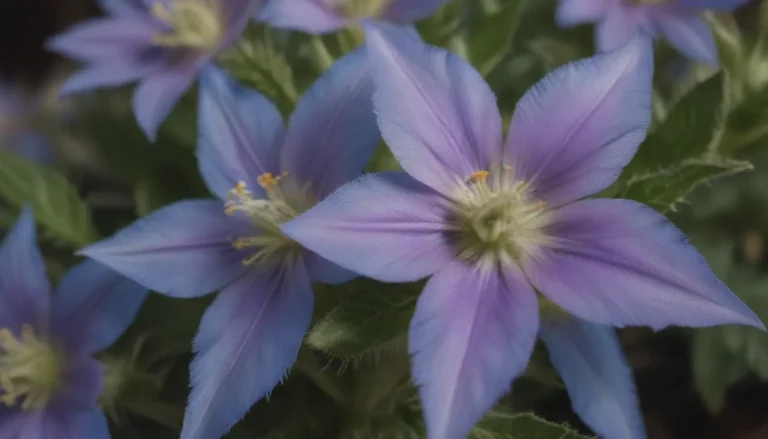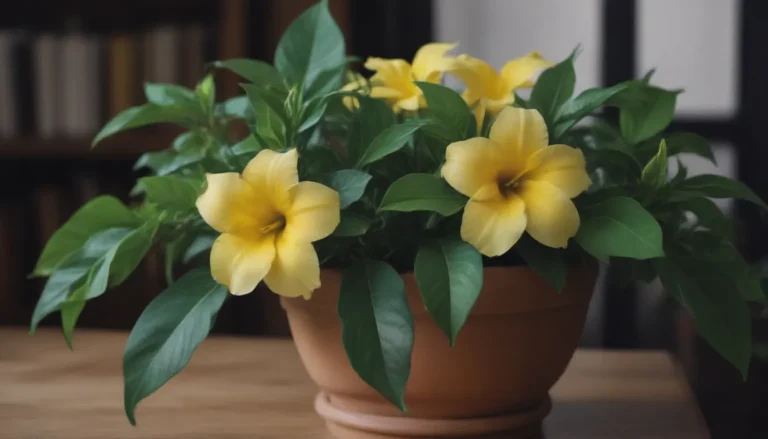Everything You Need to Know About Growing and Caring for Coral Bean
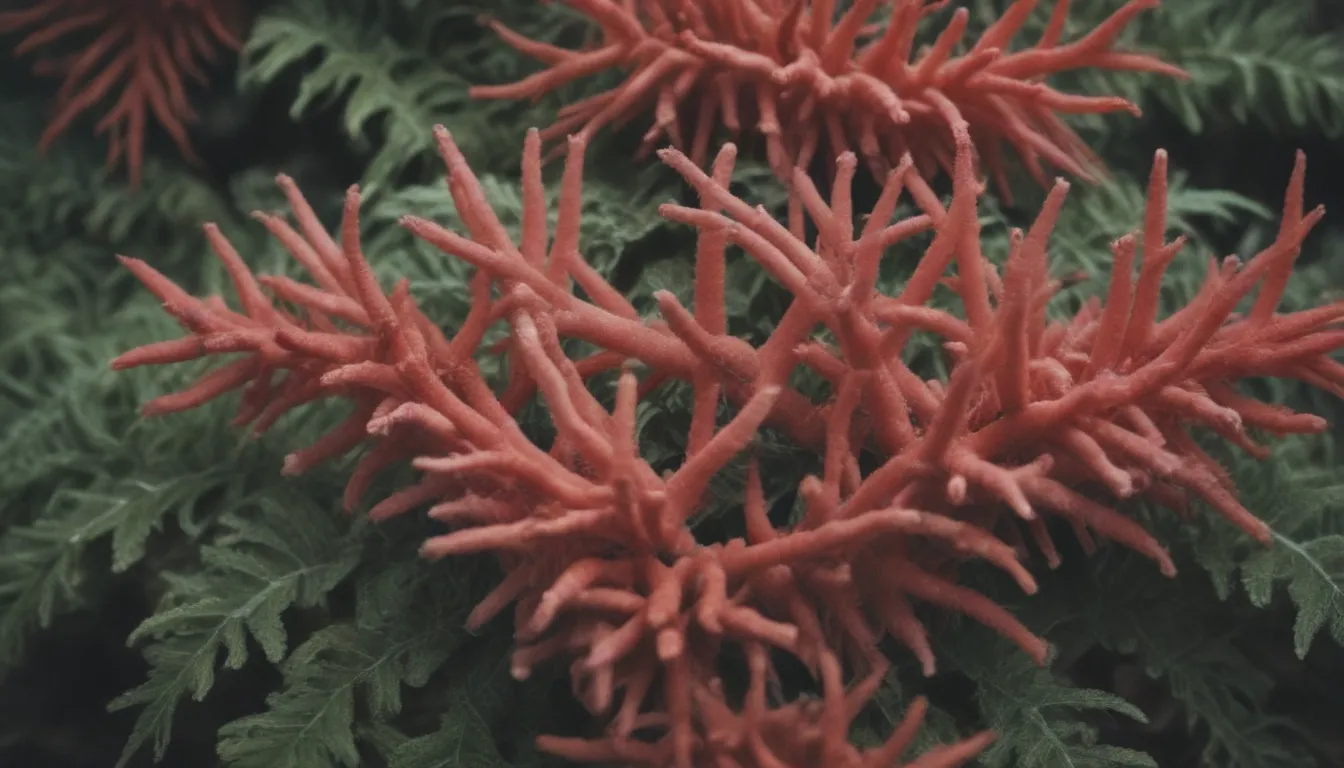
Are you looking to add a touch of vibrant color to your garden? Look no further than the beautiful coral bean shrub. With its bright red tubular flowers and glossy dark green foliage, the coral bean is a stunning addition to any landscape. In this comprehensive guide, we’ll cover everything you need to know to grow and care for this eye-catching plant, from light and soil requirements to pruning and propagation techniques.
Getting to Know the Coral Bean
Before we dive into the care requirements for the coral bean shrub, let’s take a closer look at this unique plant.
- Appearance: The coral bean shrub features heart-shaped leaves and small curved thorns on its trunk and branches, adding an interesting texture to the landscape.
- Flowering: Coral beans bloom in spring, summer, and fall, producing clusters of bright red flowers that can attract hummingbirds.
- Toxicity: While the coral bean is a stunning addition to the garden, it’s important to note that it is toxic to humans and pets. Be cautious when handling this plant.
Coral Bean Care Tips
Now that you’re familiar with the coral bean, let’s explore the main care requirements for growing this low-maintenance shrub.
Light
- Coral bean shrubs thrive in full sun, but they can also tolerate partial sun. Aim for at least four to six hours of sunlight daily to encourage blooming.
Soil
- Coral beans are adaptable to various soil types but prefer sandy, acidic soil. If you’re planting them in clay-rich soil, consider adding organic matter to improve drainage.
Water
- Water your coral bean once a week during the first growing season to promote growth. Avoid overwatering, as these shrubs are not tolerant of wet conditions.
Temperature and Humidity
- Coral beans do best in warm temperatures and are suitable for USDA zones 8-11. In colder regions, they can be grown as annuals.
Fertilizer
- While coral beans don’t require regular fertilizing, young plants can benefit from a balanced fertilizer in the spring. Consider using a slow-release product to promote healthy growth.
Pruning
- Light yearly pruning is beneficial for coral beans. Remove any dead or cold-damaged growth in the spring to maintain the shrub’s shape.
Propagating and Growing Coral Bean
Interested in propagating coral beans or growing them from seeds? Here are some tips to get you started.
Propagating
- You can propagate coral beans through semi-hardwood cuttings or division. Take cuttings in late summer or early fall, or divide the root ball once the plant is well established.
Growing From Seeds
- Coral bean seeds can be purchased or collected from mature plants. Plant them in well-draining soil in a sunny location for best results.
Potting and Overwintering
- Consider growing coral beans in containers, especially in colder climates where they may die back in winter. Protect them from freezing temperatures and ensure good drainage.
Common Pests and Diseases
While coral beans are relatively resilient, they can be susceptible to pests like moths and issues like root rot. Keep an eye out for signs of infestation or disease and take prompt action to protect your plants.
Encouraging Coral Beans to Bloom
Want to see your coral beans in full bloom? Here are some tips to encourage flowering and keep your shrubs healthy and vibrant.
Bloom Months
- Coral beans typically bloom from late spring to early summer, but they can flower earlier in warmer climates. Hummingbirds are often attracted to the bright red blossoms.
Blooming Techniques
- To promote blooming, provide plenty of sunlight and avoid overwatering. Prune dead stems in the spring to stimulate new growth.
Troubleshooting Common Problems
If you encounter issues like yellowing, browning, or wilting with your coral bean shrub, don’t panic. These problems are common and can usually be addressed with proper care and attention.
Yellowing
- Yellowing foliage may indicate overwatering, nutrient deficiencies, or sunburn. Adjust your watering and fertilization routine accordingly.
Browning
- Browning leaves are often a sign of dehydration or sun exposure. Monitor your plant’s water needs and consider relocating it to a shadier spot if necessary.
Wilting
- Wilting is typically a sign of dehydration. Ensure your coral bean receives an adequate amount of water, especially during hot weather.
By following these care tips and techniques, you can enjoy the beauty of coral beans in your garden year-round. Remember to provide the proper light, soil, water, and maintenance to keep your shrubs healthy and thriving. Happy gardening!
